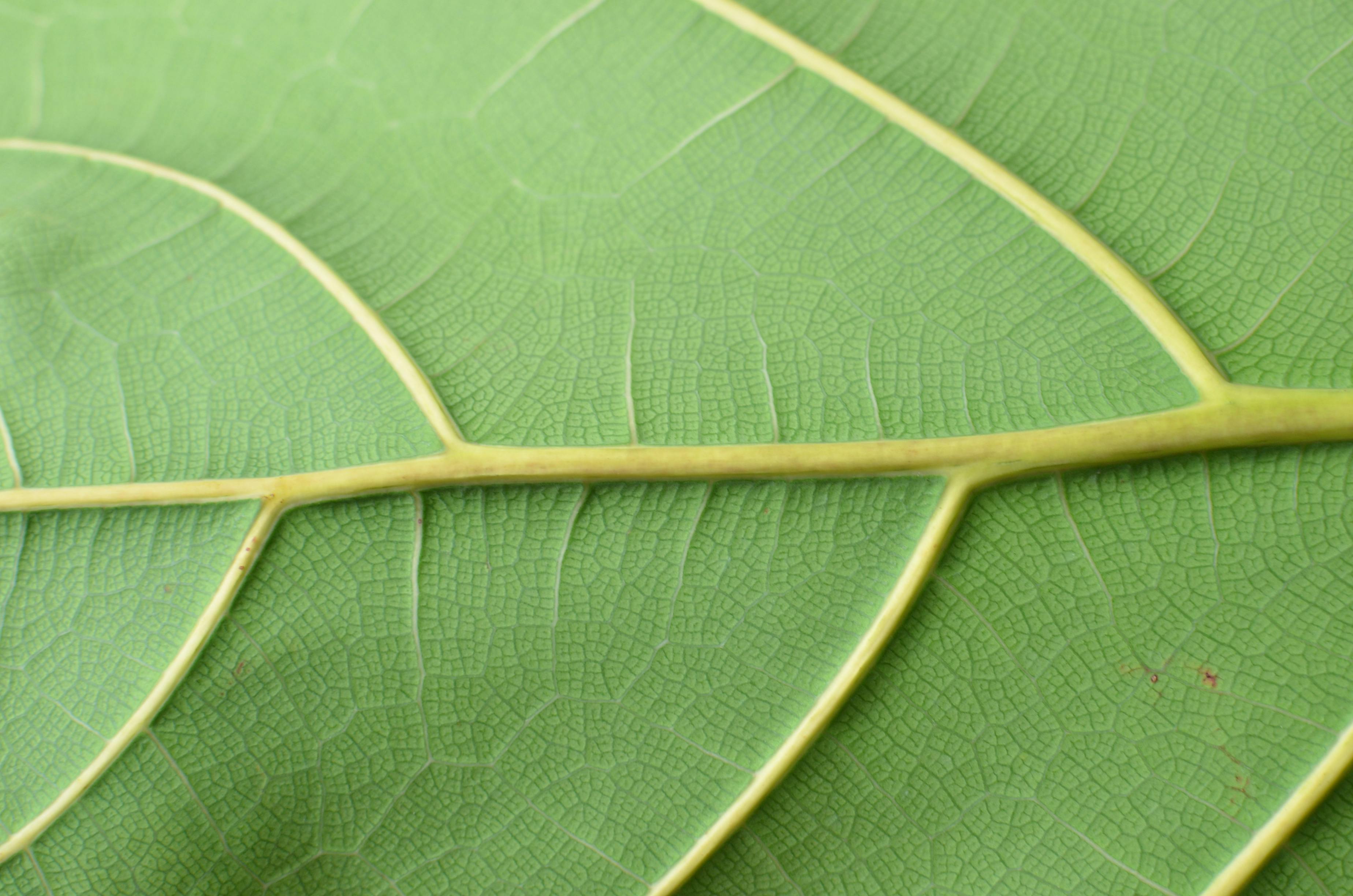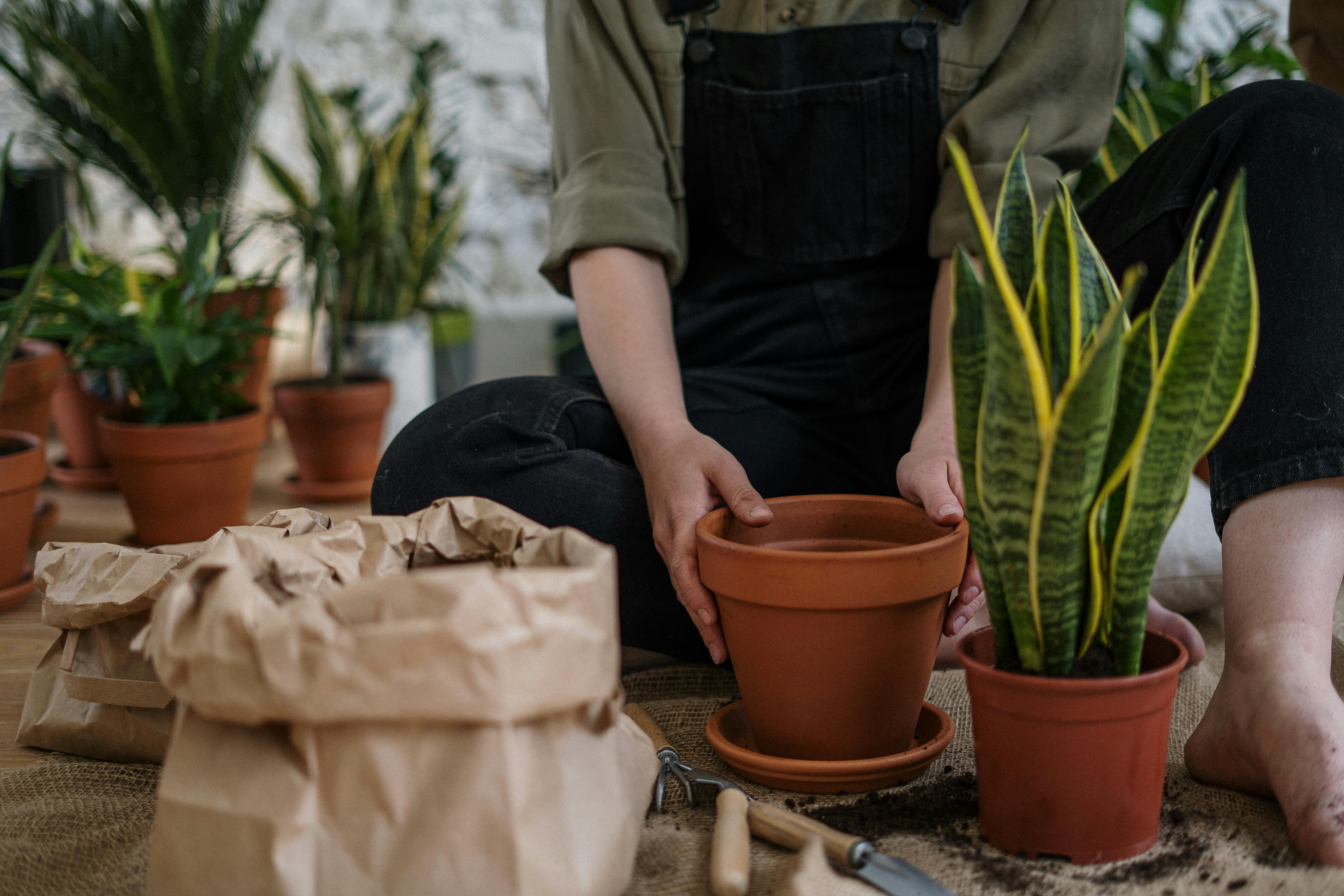Growing an herb garden can be an incredibly rewarding experience. Not only will you have access to fresh herbs for your cooking and baking needs, but you also get to enjoy the beauty of seeing herbs in bloom. If you’ve never grown an herb garden before, don’t worry! It’s easy and fun to get started. In this guide, we’ll cover all the basics of how to grow an herb garden, from selecting the right plants to ongoing care and maintenance. With a bit of knowledge and a little bit of effort, anyone can create a thriving herb garden.Choosing the best herbs for your garden can be a daunting task. However, with some careful consideration and research, you can pick herbs that will thrive in your climate and conditions. Here are some tips on how to choose the best herbs for your garden:
1. Consider the climate and conditions in your area: Different herbs prefer different climates and conditions, so make sure to choose plants that are suited to the environment where you live. Research the expected weather patterns for your region, as well as soil type, so you can find plants that will thrive in your area.
2. Think about which
Preparing the Soil for Growing Herbs
Growing herbs can be an enjoyable and rewarding experience. However, in order for your herbs to thrive, you need to ensure that your soil is properly prepared. Here are a few tips on how to prepare the soil for growing herbs.
The first step in preparing the soil is to determine the type of soil you have. Different types of soils will require different types of amendments and fertilizers. Sandy soils will require more organic matter and nitrogen, while heavier clay soils will need more organic matter and
Planting Herbs
Growing herbs at home can be a rewarding experience. To get started, choose a spot in your garden or yard that gets plenty of sunlight and has well-draining soil. If you plan to grow herbs indoors, choose a south-facing window or use grow lights. When planting herbs, it’s important to give them enough space to grow. Most herbs need at least 6-12 inches of space between plants. Once you’ve chosen where to plant your herbs, it’s time to dig the holes for the plants
Best Practices for Watering Herbs
Watering herbs is an essential part of growing them successfully. To ensure healthy growth, herbs should be watered regularly with the right amount of water. Here are some best practices for watering herbs:
Water Regularly and Consistently
Herbs should be watered regularly to ensure they stay hydrated and healthy. The frequency depends on the plant, as well as the environment it is growing in. Generally speaking, herbs should be watered at least once a
https://images.pexels.com/photos/6044493/pexels-photo-6044493.jpeg
Essential Sunlight Requirements for Growing Herbs
Herbs require plenty of sunlight for optimal growth and health. The amount of sunlight that each herb requires is determined by the type of herb and its growing conditions. Depending on the region, herbs may need anywhere from four to eight hours of direct sunlight per day. Herbs that grow in partial shade may only require three hours of direct sunlight each day, while those that grow in full sun should get a minimum of six hours per day.
In order to ensure your herbs receive enough

Understanding Fertilization Needs of Herbs
Herbs are a great way to add flavor to a variety of dishes, but they also require special care to thrive. Fertilizing is one of the most important tasks in caring for herbs, as it helps them grow stronger and more productive. Understanding the fertilization needs of herbs can help ensure you get the best possible results from your plants.
The most important factor to consider when fertilizing herbs is the type of soil they’re growing in. Different soils require different types of fertilizer, and some
Pruning and Harvesting Herbs
Pruning and harvesting herbs correctly is essential for the health of the plants, as well as for the quality of the herbs. Pruning encourages growth, while harvesting helps to ensure a consistent crop. To ensure healthy plants and good yields, it is important to understand how to prune and harvest herbs properly.
When pruning an herb plant, always start by cutting off any dead or damaged branches. This will help to encourage new growth, as well as promote healthier plants overall. Once that is done
Identifying Common Pests in Herb Gardens
Herb gardens can be a great addition to any outdoor space, providing both flavor and beauty to the landscape. Unfortunately, they are also prone to infestation from common garden pests. Identifying these pests is the first step in managing them and ensuring that your herb garden remains healthy and productive. Common pests of herb gardens include aphids, whiteflies, caterpillars, slugs, snails, and beetles.
Aphids are small sucking insects that can cause serious damage to herb plants by

Conclusion
Growing an herb garden is a rewarding experience that can provide you with fresh herbs for cooking, tea, and medicine. The process of planning, planting, and maintaining an herb garden can be enjoyable and educational. Start small by planning out your garden, choosing the herbs you would like to grow, finding the right spot in your home or yard to plant them, and providing them with the proper care they need. With a bit of effort and dedication, you’ll have an herb garden that will produce delicious herbs for years to come.
Additionally
